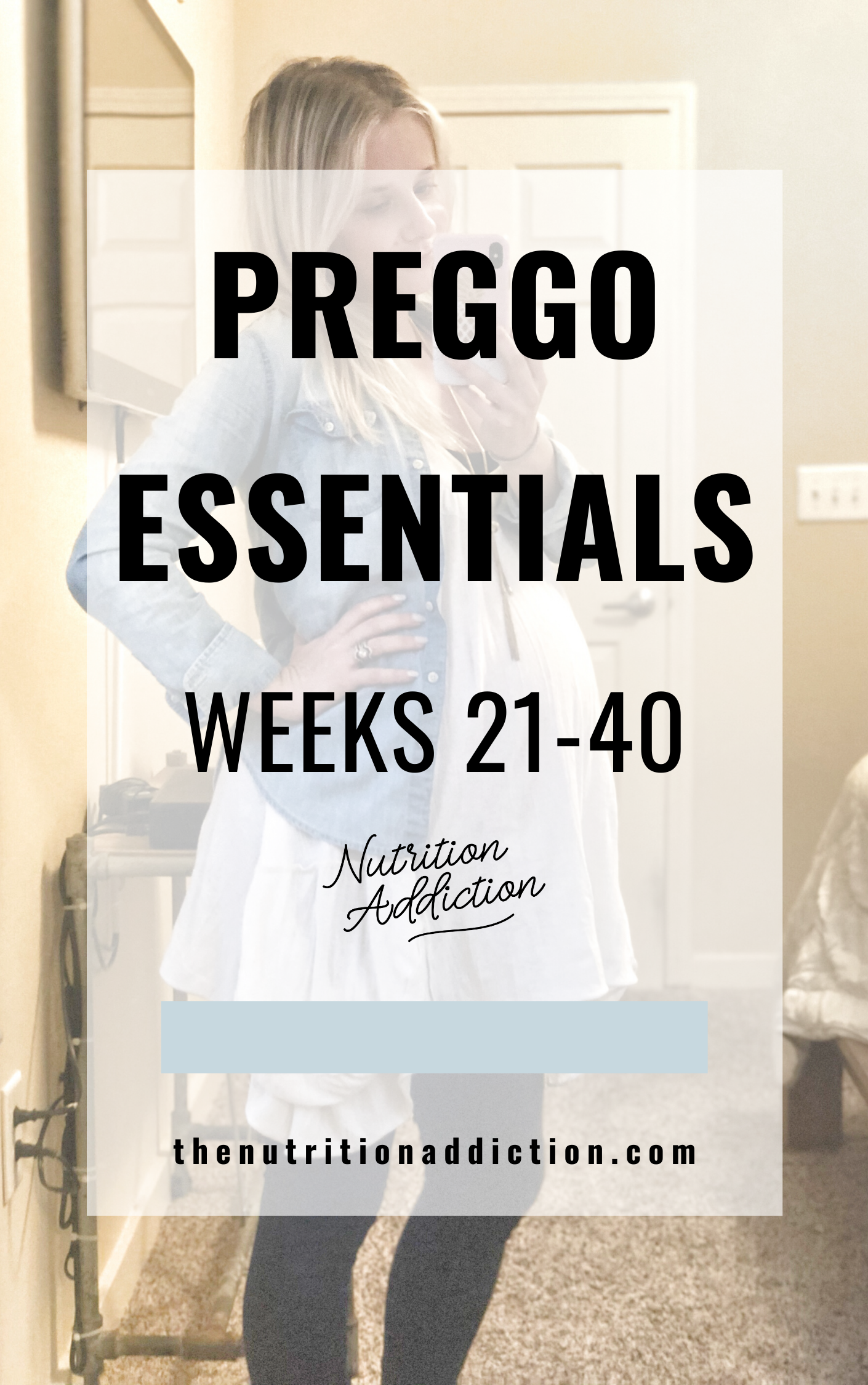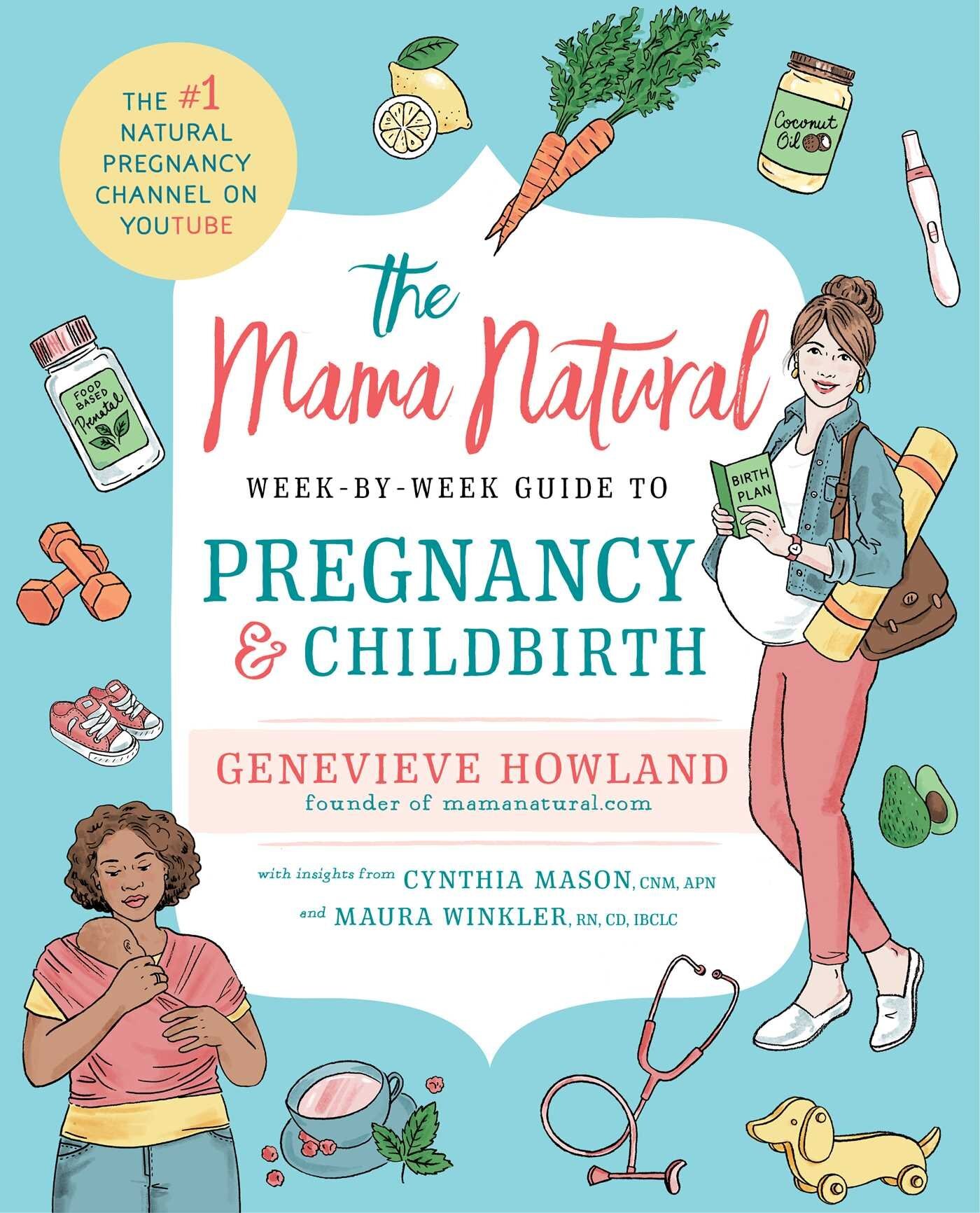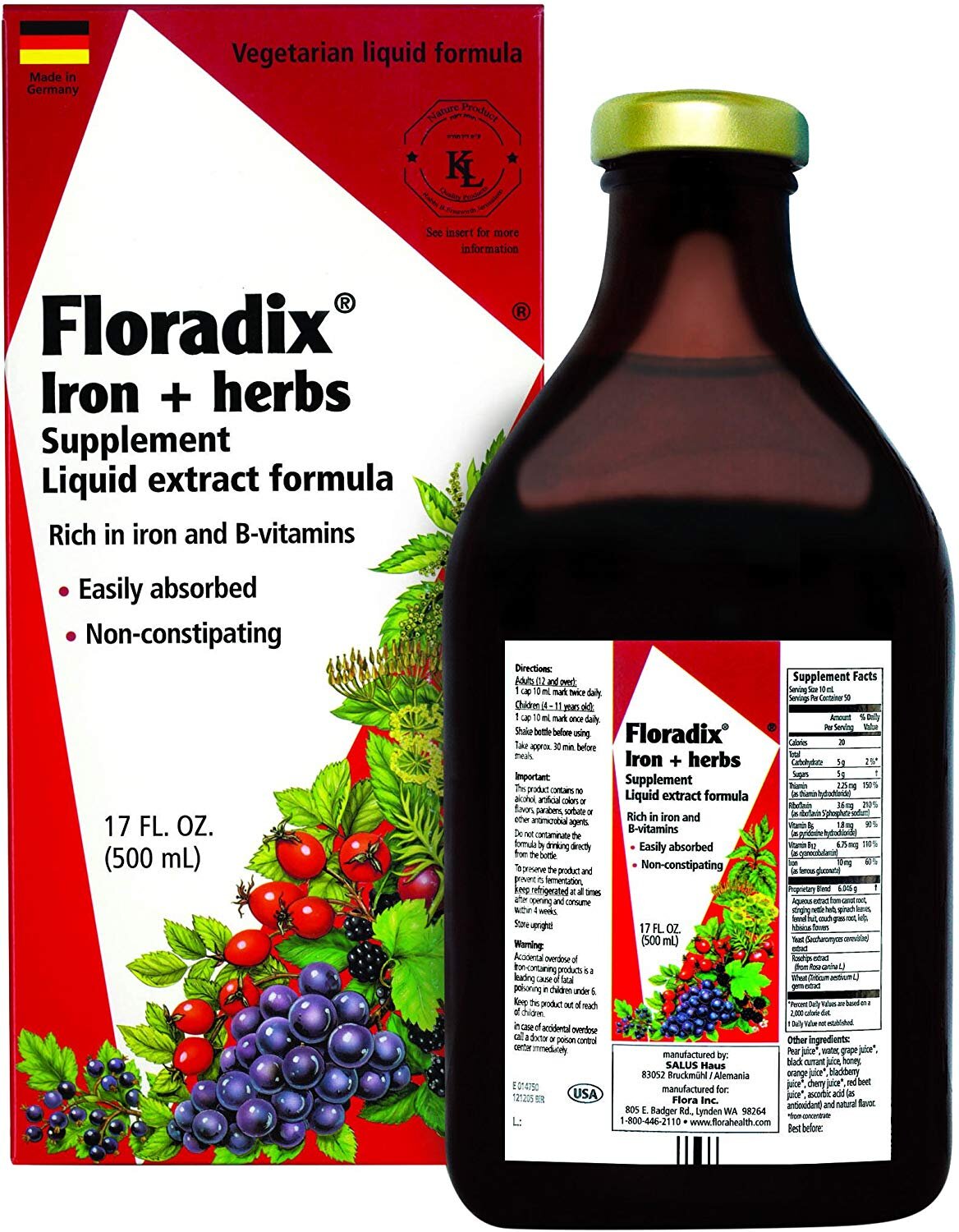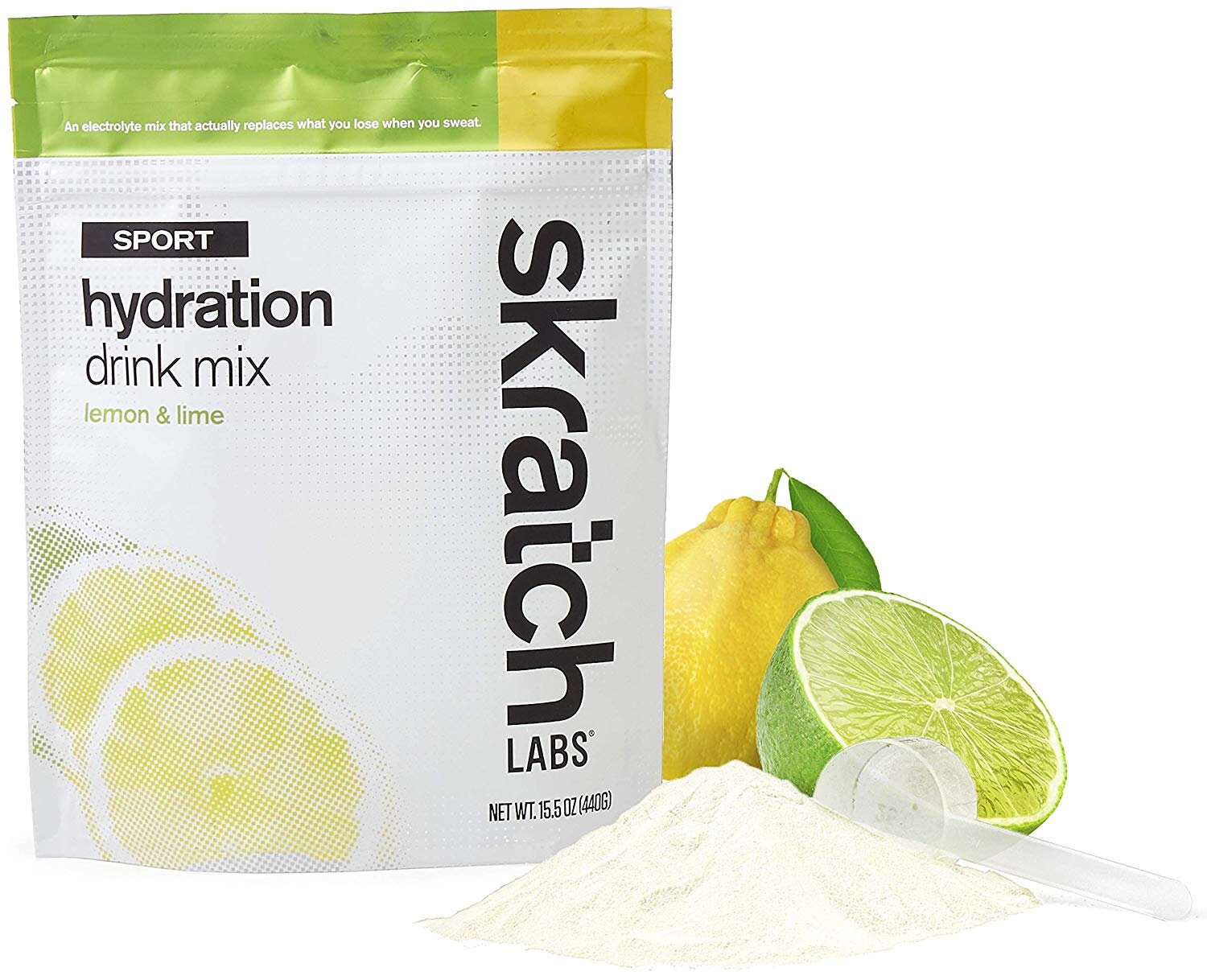
NA’s Pregnancy Essentials: Weeks 21-40

Well!
I had planned to have this post done by the time I popped Tulie out but she had other plans.
I had “planned” on her coming a week or so late, so I thought I had plenty of time, but on October 16th, 4 days before her due date, we found out that she’d need to come out via c-section no later than the 18th. YIKES.
I’ve shared a lot of this story on Instagram, but if you missed it, Tulie was footling breech making it too dangerous to do a vaginal birth. She was also diagnosed with Intrauterine Growth Restriction, which meant she was no longer growing in utero and needed to come out ASAP.
Fortunately, once she was here, my midwife announced the diagnosis was wrong (ultrasounds are great, but they are not super accurate!) and she was a healthy 7 lbs.
It’s been a crazy, weird month of getting to know this tiny human and figuring out what in the actual fuck I’m doing, but here I am finally back in my comfort zone behind a computer screen. PHEW.
Oh, if you haven’t read the part 1 yet, go read Pregnancy Essentials: Weeks 1-20 first. Most of the products, services, habits, and rituals I recommend still ring true in this second half of pregnancy (hello nightly baths and Instacart), but I won’t repeat them in this post.
Second half of pregnancy was sort of like the first, only in reverse. I felt fantastic during the second trimester, but once the third hit, and especially towards the end, I felt like a raging dumpster fire. I could barely get out of bed most days, and I really had no desire to.
I think I worked out a total of 3 times in those final 3 months. Woof.
So, what I’m saying is, you won’t find any 3rd trimester workout tips on this page because that just didn’t happen for me.
K let’s get into this list. Here are some of the game-changers and life-savers that have gotten me through weeks 21-40, ranging from supplements to self-care to preparing my body for birth*.
1. Being protective AF of my time and having boundaries like a mother fckin boss.
Listen up, ladies. You don’t! Have time! For that! Because you are preparing to give birth to an actual human and there’s a lot to do and you don’t have the energy to go to coffee! And that’s ok. This is a great time to learn the word “no” because you’ll be using it a lot soon. I got INSANE about my time in those last couple of months and I’m so grateful for it. This might sound a little nuts, but here’s what I did:
I put a monetary value to my time. Now, there’s a few different ways you could do this based on what you do for a living or how you value your time, but I’ll share how I personally did it.
I figured out what my hourly rate was. So, how much I make per year divided by how many hours I work. You can also take how much you WANT to make each year and divide it by how many hours you WANT to work (and yes this absolutely works if you’re salaried!!). And then every time someone asked me to, for example, go to coffee, I’d ask myself if it was worth that hourly rate.
So, let’s say you come up with a $200 hourly rate. Would you spend $200 on coffee? I mean, maybe. Really. It could be worth it. But it might not be. And this is a great way to filter what’s worth it and what’s not in these final days of independence.

2. The Mama Natural: Week by Week Guide to Pregnancy and Childbirth.
This is a MUST HAVE book for anyone pregnant, whether you plan to have a natural, medicated, or cesarean birth! It’s funny, informative, and empowering. The book goes week by week, giving you timely tips for a healthy, natural pregnancy. It’s also filled with recipes every week, so it basically doubles as a pregnancy cookbook. It’s fun to have something new to read every week, and I love that it views pregnancy as a normal, natural thing and not a medical condition.
3. Hypnobirthing: The Positive Birth Company
Hypnobirthing is a method of pain management used during labor and birth. It involves using a mixture of visualisation, relaxation, and deep breathing techniques.
This is especially helpful during an unmedicated birth, but I recommend it for EVERYONE. I used the techniques I learned during my c-section and to be completely honest, without the breathing and visualization techniques, I think I would have had a panic attack in the OR.
When the anesthetic and morphine hit, which by the way kinda makes you feel like you can’t breathe and you’re gonna die, there was miscommunication between the surgical team and my husband. He took forever to get the OR and it was awful. I was SO THANKFUL I did this course at that time because I was able to use the tools I was given to calm myself.
The course also helped me create a birth plan that I was comfortable with, which included a “family-centered cesarean.” You can read more about this type of c-section here. I know there are several different hypnobirthing programs, but I can personally vouch for this one (and they have an awesome postpartum one, too)
4. Doula
This was money well spent. Yes, even though I had a c-section! She was so supportive and I was so thankful to be able to ask her a million questions the day before my c-section was scheduled since I was not remotely prepared for it. She was there during the whole process the day of, took pictures (she was also a photographer), and was there on-call during the entire process. Being a first time mom, it was well worth it.

It’s really difficult to keep iron levels normal during pregnancy, but it’s super important to keep them up. I chose to take a prenatal without iron because iron causes other vitamins to not be properly absorbed, so I needed something separate when I found out I was anemic. And I needed something that wouldn’t cause stomach problems or constipation. Floradix boosted my iron levels really quickly, and I’d recommend it to anyone with low iron levels during pregnancy.
6. All my prenatal supplements. This was included in my last post, but I wanted to share it again because I REALLY noticed a difference if I wasn’t taking my supplements in that last half of pregnancy. That baby SUCKS your nutrients right up and it’s essential. Check out “pregnancy essentials” in the link above and find all the supplements I took.
7. Maya Abdominal Massage.
Maya Abdominal Massage is gentle bodywork that helps open up the abdominal and pelvic area. The technique works by relieving diaphragmatic tension & congestion and blockages throughout the abdomen and pelvis, so it’s great for positioning your baby into the optimal position for birth. This CLEARLY didn’t work for me, but so many women told me it helped get their babies into position and allowed for an easier birth. Even though Tulie had no interest in going head down, these massages relieved so much tension in my lower back and hips that it was worth it!

8. Skratch Labs Electrolytes
Staying hydrated is so difficult when pregnant so this was a MUST. I like this brand because the ingredients are so clean. If you start to feel tired and sluggish in the afternoon, give these a try. You are probably just dehydrated.
9. Protein.
New evidence suggests that pregnant women should be consuming a lot more protein than previously thought. We’re talking around 130g/day. That’s a lot! But my focus on protein, I believe, helped with swelling (I experienced very little). This included a lot of hard boiled eggs, organic deli meat (yes I ate deli meat), collagen peptides, PHFF smoothies, and once a day I’d commit to having a “real meal” with chicken/beef/fish. I say “real meal” because it became difficult to eat more than snacks towards the end, especially with her head up in my belly.
9. Hospital Bag Basics
Honestly, you don’t need much. Keep in mind, I went in for a c-section so things like perineal spray and adult diapers were not on my radar. The following is what I packed, minus anything unnecessary.
-
A loose top or something button down for breastfeeding, but really, you prob won’t change out of your hospital gown and if you’re me it’ll be full-blown National Geographic the whole time you’re in there anyway.
-
Make-up for your c-section. Seriously if you get to have a planned birth, look the part. LOL.
-
AN EXTENSION CORD FOR YOUR CHARGERS. MAJOR KEY. Or just chargers with extra long cords.
-
Any “natural” products you want to use on your baby instead of the chemical shitstorms they have in the hospital. We brought our own wipes but really, that’s all that’s necessary.
-
Moisturizer.
-
27 changes of clothes for your partner. This is how many outfit changes Andy did. Adjust according to your partner’s wardrobe vibe.
-
Blankets and pillows that you love for both you and your partner. Hospitals are not known for comfort.
-
Snacks – I sent Andy for a Trader Joe’s run and he brought back bone broth (this was MAJOR since I couldn’t consume anything solid for a day after surgery), date bars, cashew butter, smoked salmon, crackers, guacamole, protein shakes (the ones in the refrigerator section – they’re amazing and low sugar), nut mixes, and tons of filtered water. It was perfect. Hospital food is a hard no.
-
Something stunning for your baby to go home in. Make sure it’s weather appropriate and remember you can’t put a swaddled baby in a car seat so it can’t depend on that.
Honestly, that’s it. If you’re the type of person who would shower in the hospital…you may need more. I personally would rather die. You guys, I was just topless and deodorant-less and full of milk the entire time and that’s all she wrote. The only thing you really need is a partner who is aware that they are now your slave and you will get anything you need once you’re there.
And don’t forget, ALL my pregnancy (and non-pregnancy) recs are housed right here in my Amazon store.
*All of this being said, I always recommend speaking with your doctor regarding your specific health needs while pregnant and nursing. Everyone is so different. Every pregnancy is so different. Having a close relationship with your provider is important!
Now, what you all really came here for – a picture of Miss T:

xxMegan

